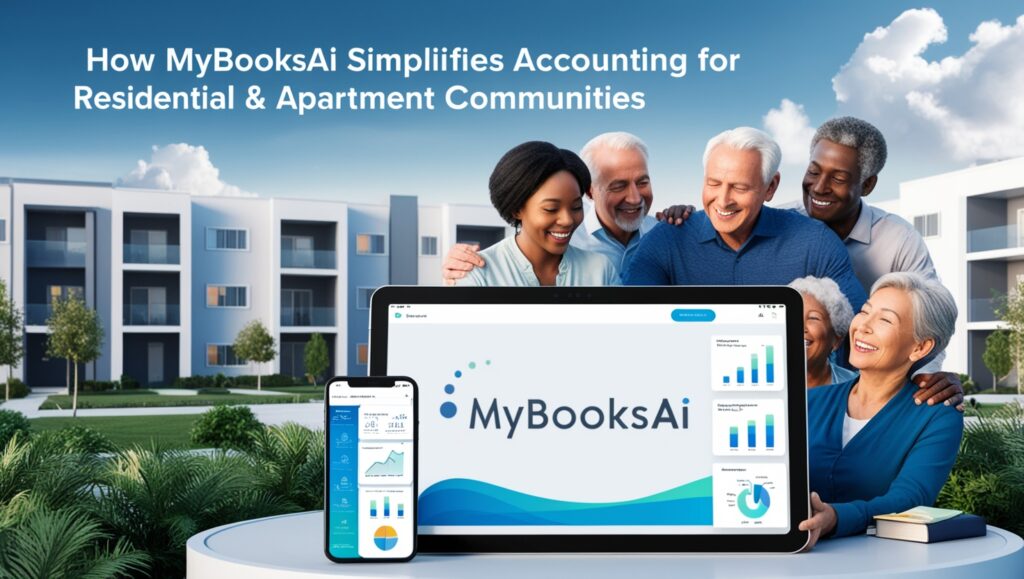The profit performance reports are prepared by business managers around the world known as profit and loss reports, or simply P&L reports. There is no fixed timing of their preparation; the teams can create them whenever the managers require this analysis; it may be every month or quarterly as well.
It is also named as an income statement or in some cases, a statement of operation. This report is a summary of expenses, revenues, and profits or losses of the respective company. P&L Report is prepared based on set accounting principles and it includes details about matching, revenue generation, and accruals as well. Important to mention that it is different from the general cash flow statement.
Let’s start exploring
Understanding profit and loss are not difficult. Understand all the basic concepts before preparing profit and loss reports. Firstly, a profit and loss account is called other names; income statement, earnings statement, revenue statement, or operating statement. Every public company must release the profit and loss statement along with the cash-flow statement and balance sheet annually. In the profit and loss account, you’ll find the revenues, expenses, and profit or losses over a specified period. In precise terms, the profit and loss account explicitly states a company’s ability to generate sales, manage expenses, and the possibility of profit or loss. Profit and loss accounts are guided by accounting principles such as revenue recognition, accruals, and matching.
A profit and loss account is calculated and prepared over a specified time frame; monthly, quarterly, bi-annually, or annually. Regardless of the organization, a profit and loss account is built upon the simple accounting formula;
Structure of the profit and loss report
There are so many important elements and assessments for profit-loss reports. It can be designed every quarter, monthly, or as per the fiscal years. Some of the most important categories for assessments of the profit-loss report includes:
- Net income
- Taxes
- Interest expense
- Technology
- Advertising and marketing
- Selling, general and administrative expenses
- Cost of Goods sold
- Revenue
SALES – COST= PROFIT OR LOSS
Both sales and cost are given different names in the profit and loss accounts. These assessments of profit and loss accounts are difficult for anyone without accounting training. However, this can be surmounted through online accounting software which is already built to recognize revenue sources and expenses.
Estimating the success and struggle
The beauty of assessments of profit and loss accounts lies in its ability to spell out in figures areas of success and struggle in the business. Through this, business owners and managers can monitor the activity of the company and proffer solutions in the event of a loss. For an investor or a prospective investor, the profit and loss account give them a clear picture of the financial health of your company. It gives them the financial standing of your business.
Profit and Loss Segment
Every P&L is segmented into revenue and expenses. The revenue of your firm provides a detailed explanation of the income from all primary and secondary activities the business is involved in. This is also the case for the expenses which can either be primary or secondary. Of course, the most critical revenue that will determine your profit or loss is the income generated from sales as other secondary income can be unpredictable. Growth in your business will be a reflection of the revenue generated from sales.
For the expenses, two items must stand out; the cost of goods sold and the operating expenses. Through cloud accounting software, you can monitor the cost and look into areas where you can reduce the cost to increase profits. For example, when you compute your profit and loss account using myBooks online accounting software, you can ascertain how much you are spending on raw materials. This will let you know if you need to change to another supplier to tackle costs.
Their Metrics
Whichever online accounting software for small business you are using, it will provide the following metrics that will be utilized by your financial analysts;
- Year over Year Numbers (Horizontal analysis)
- Trend analysis
- Gross profit margin, operating margins, net profit margin, and EBITDA margin
- Valuation Metrics
- Rates of return
The profit and loss report is beyond the numbers, and it tells all the story that needs to be known about the business. Through a profit and loss account, you can make crucial business decisions.
Impact of accountability principles
As we already stated that this report is prepared as per the specific accounting principles; but you cannot observe the impact by just viewing the report. However, the final figure that is written at the bottom of the report may vary as per the total amount of money lost or made.
Some of the most important aspects that have a considerable impact on this report are:
Revenue recognition principle:
In general terms, revenue can be better defined as the cash received by the company. It is accountable for the accounts receivable and is placed on the balance sheet.
Matching principle:
Expenses are directly matched to the generated revenues, and they are evaluated during the entire period for which revenue is earned.
Accrual principle:
The expenditure and income must be recorded right when they occur; not when the cash comes in hand. This evaluation has a significant impact on the overall cash flow.
Analyzing P&L statement
Every company has a profit loss analyst or simply the financial analyst who observes the P&L reports to make future recommendations for the better health of the finances in the company. The analysis of the P & L statement includes:
- Valuation of some important metrics such as price to book, P/E ratio, and EV/EBITDA, etc.
- Rates of return: Return on assets and return on equity.
- Observation of margins: Net profit margin, operating margin, EBITDA margin, and gross profit margin.
- Comparison of the numbers over the years along with industry benchmarks.
Things to look at while preparing a P&L report
Those who are creating profit and loss reports for the first time may need some guidance on how to do it right. Here are a few tips:
- Choose the specific time frame.
- List the overall revenue of your business for that duration.
- Calculate the overall expenses of your business for that duration.
- Determine gross profit.
- Analyze if you are making profits.
Why do we prepare a profit and loss account?
The P&L account is a statement period prepared by the respective organization to show their profit and loss incurred in the year. The profit and loss account is prepared, to disclose all the business transaction operation results over the period of the year, by the organization. This can also be denoted as a profitability statement. The organization’s prepared report is the final business transaction result. There are four components included in the Profit and Loss account namely Trading Account, Profit and Loss Appropriation Account, Profit and Loss Account, and Manufacturing Account.
How to make a profit and loss report?
You will have a comparable figure for each quarter, and then one for the whole year in each row.
The steps to make a profit and loss report are as follows
- Every single row contains the quarterly cost than an annual amount.
- Express your Net Income or Sales of your business for every quarter of the year.
- List out each quarter’s business expenses. Remember that every expense should be expressed in sales percentage and expenses must be 100% sales.
- Express the difference between the Expenses and Sales as Earnings. This can also be said as EBITDA.
- Express your business total amount of interest debt for the year and subtract the amount from EBITDA.
- List your estimated tax on your net income and subtract again.
- Express your total amount of amortization and depreciation for the total year and finally, subtract.
- The obtained number must be equal to your business profit or loss, or your net earnings.
Features of profit and loss account
The profit and loss account can be made either by a single-step income statement or by a multi-step income statement. Adding all your revenues and subtracting all your expenses is the single-step income statement. A multi-step income statement involves a lot more steps to estimate profit and loss accounts.
- The profit and loss account is prepared at the end of the accounting year, to calculate the respective businesses’ net results.
- The profit and loss account is the final account’s second stage.
- They include only indirect revenues and indirect expenses
- It begins with the gross profit or gross loss of the trading account.
Importance of preparing profit and loss statement
Why do you own a business? When you get this question, your answer will be to make money, to obtain more earnings! Every business is impossible to run their firm without measuring what they gain!
As we discussed all the P&L basics, it is time to discuss the importance of the profit and loss statement. Maintaining all your data and information up-to-date is one of the significant factors, and it will benefit your business to take it a long way.
Here follows some of the importance of preparing your P&L statement.
Tracking your business performance
By preparing your business P&L statement, you can analyze how your business is doing. It is more important to analyze the performance of your business. When you take the necessary financial decisions with the help of your business revenue and expenses, it takes your company one step forward.
Additionally, the P&L statement will be an overview of the earnings you have made and the expenses associated with making them. This statement will enable you to answer questions such as whether the cost of producing your product is favorable.
Find the right success tactics
With the accurate P&L statement, you can analyze which operation brings you success and earnings, and what are all the operations you failed or lost!
P&L statements are perhaps the most important of all financial documents. They demonstrate about your business, how they perform for a particular period. Maintaining the proper P&L statement can be used as an effective bargaining tool when negotiating with potential investors or buyers. It also is used when you try to bring new clients. Because with that, they demonstrate as your firm is more stable, reliable and profitable.
Assists you with taxes
When there exists a period to file your business taxes, a P&L statement updated information will help you to the core. Most businesses struggle during tax filing, as they don’t have the P&L statement updated.
Other importance in P&L statement preparation
It is necessary in the cases when you estimate – net Profit, total expenses, the ratio between net profit & sales. It assists you in preventing and mitigating your indirect expenses.





